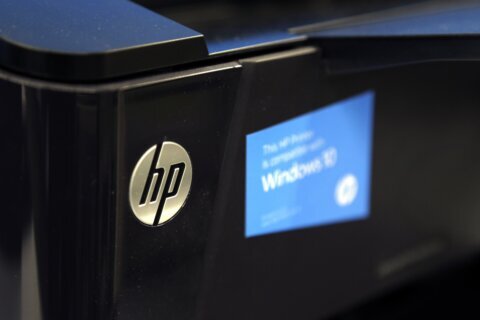Q: I’ve been using Google Chrome as my default browser for years, but how does Microsoft Edge compare?
A: For the majority of us, the browser is the most used program on our computers — the average is seven hours per day — so it’s important to choose the one that best suits your needs.
Globally, Chrome is far and away the most used browser, with just over a 65% market share. The second closest browser is Apple’s Safari at just over 19%, followed by Microsoft Edge at just over 4%.
In the United States, it’s a little closer, with Chrome at just under 51%, Safari at just over 34% and Edge at just over 6%.
When Edge was introduced in 2015, it was slow, lacked a lot of functionality, and experienced a variety of compatibility issues.
Microsoft abandoned its attempts to provide its own browser technology when they switched to using Chromium code to rebuild the Edge browser in 2020.
Extensions
An advantage to using the most popular browser is that more options exist for add-ons and plug-ins that can extend functionality.
The good news when it comes to comparing Chrome to Edge in this regard is that since they’re both built on the same code, everything in the Chrome Web Store is available for Edge users as well.
The first time you visit the Chrome web store using Edge, a blue banner will appear at the top with an option to allow extensions from other stores that you’ll want to click, followed by the Allow button.
Microsoft also has its own add-ons website.
Speed and memory
Both of these browsers fare well in the speed category, but most testing sites have shown Edge to be faster than Chrome.
If you tend to open a lot of tabs, Edge has been shown to use less memory per tab than Chrome in all of the tests that I’ve seen, so this can be a big advantage. When you run low on working memory, things can get sluggish.
Search engines
The default search engine for each browser is unsurprisingly, Google for Chrome and Bing for Edge, but you can easily change your default search engine in both browsers, so this isn’t a reason to avoid Edge.
Device usability and sync
Both browsers will work on just about any device you own, including smartphones, but Edge isn’t available for the Chrome OS. If you have a Chromebook and want to be able to synchronize your bookmarks, history or more across all your devices, Chrome would be your best bet.
Stacking tabs
One feature that is unique to the Edge browser is the ability to stack your tabs on the left side of the browser instead of only at the top. To turn on vertical tabs, click on the tab actions menu icon in the upper-left corner of Edge browser just before the first tab.
This approach to showing what web pages you have open is quite appealing and a bit easier to scan through for me.
Importing Chrome data
There’s no harm in trying Edge, but it’ll probably be a better test if you import your browser data and extensions from Chrome first.
Ken Colburn is founder and CEO of Data Doctors Computer Services. Ask any tech question on Facebook or Twitter.







